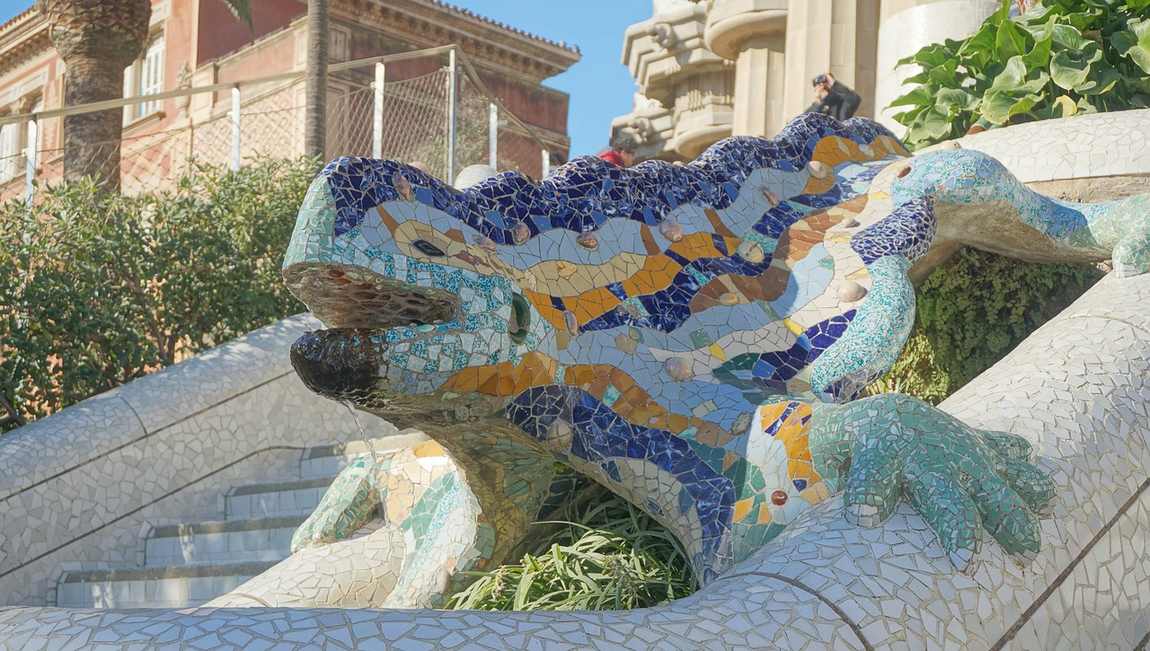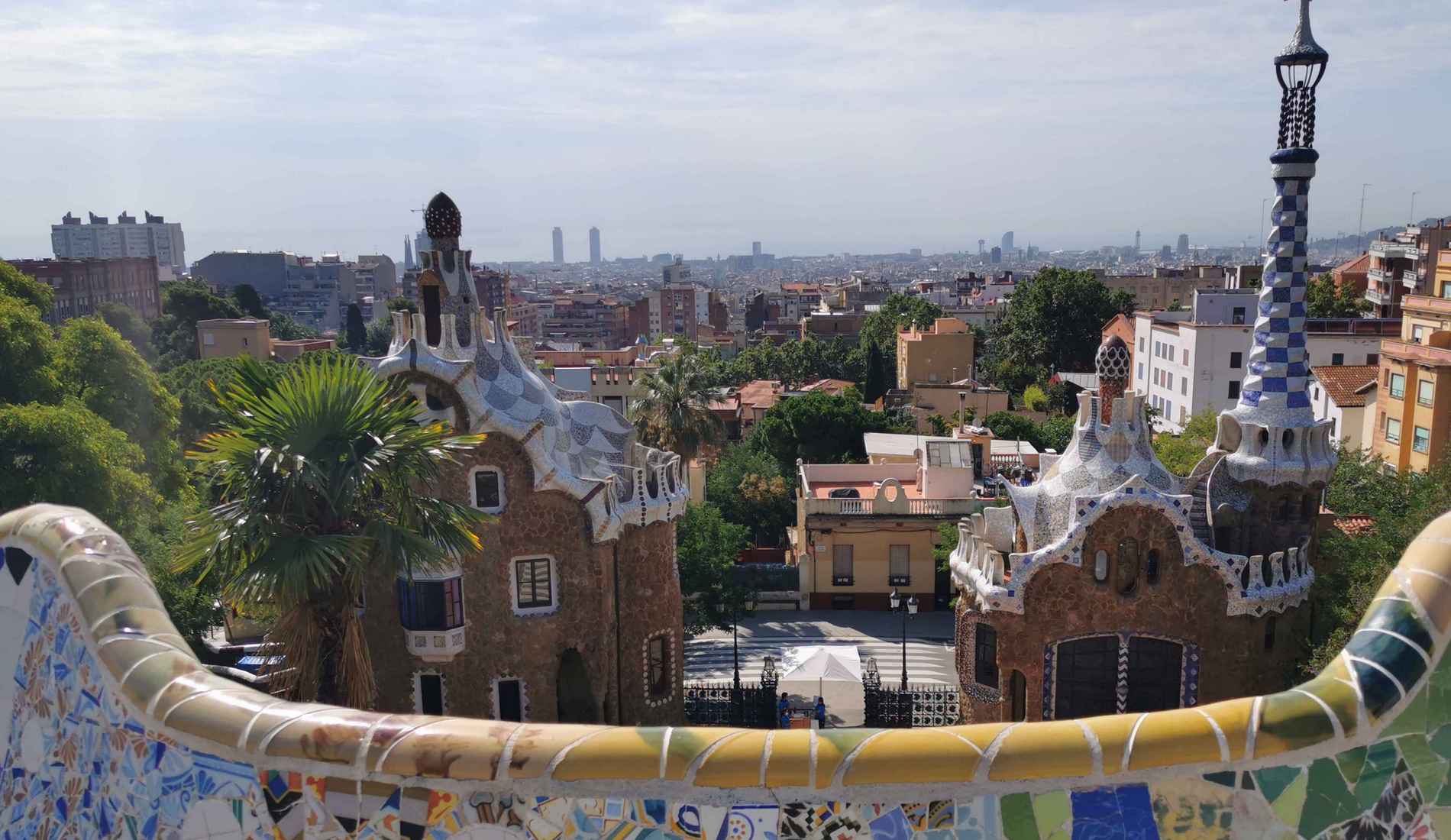When telling children about city sights, guides often omit the names of architects but instead, try to tell some interesting facts. But it is impossible to talk about Barcelona without mentioning Antonio Gaudí. And the creations of the master themselves perfectly cope with the need to interest children. One has only to visit Park Güell, created by the great architect at the beginning of the 20th century, and then hear from children why this park is so good.

The history of Park Güell
According to the original idea, a cosy garden city with 60 mansions was to appear on a wasteland remote from the city centre. But the only inhabitants of the new area were Gaudi himself and Count Güell, the owner of the land and the mastermind behind the construction. Eusebi Güell was an influential businessman and, at the same time, a great lover of art. The idea of creating a residential garden city in the English style (hence the name — the park) came to him in 1900. He entrusted the park's creation to Antonio Gaudi, who at that time had already worked with the count, having built the Palace Güell on the Rambla and the Crypt in Colonia Güell.
The design and construction of the park lasted from 1901 to 1914; according to the project, residential buildings and gardens were to be located on 17 hectares. Unfortunately, in 1914, Eusebi Güell died, and work on the project stopped. The heirs of the count sold the hill with the unfinished park city to the city authorities, who later opened it to the townspeople. As a result, the city's inhabitants received, without exaggeration, a fabulous park. Today it is listed as a UNESCO World Heritage Site.
What to see in Park Güell
Although the park has four entrances, children should enter through the main entrance. It is there that the famous "gingerbread houses" are located. And then sheer wonders will begin: mosaic salamanders, living palm trees, metal flowers and stone trunks of unknown trees, a forest of 86 columns that seem to support a sagging roof, sloping walls in pedestrian galleries, deliberately rough masonry reminiscent of medieval fortresses or troll houses ...
And, of course, the one-of-a-kind winding bench on the outdoor terrace. Lined with fragments of ceramic tiles and bottle glass, it has one secret: it is very comfortable to sit on it. Therefore, we recommend you first admire the panorama of Barcelona, which opens from the terrace, and then relax in one of the "back streets" of the bench.

Park Güell in Barcelona is divided into two zones. A fee is charged for entering the Monumental Zone (all architectural structures are located), and the rest of the territory is available for free walks. You will need a separate ticket for the tour of the Gaudí House Museum.
Note that the park is a 20-minute walk from the metro station. In addition, it is located on a hill, so you will have to climb the mountain during the walk.











